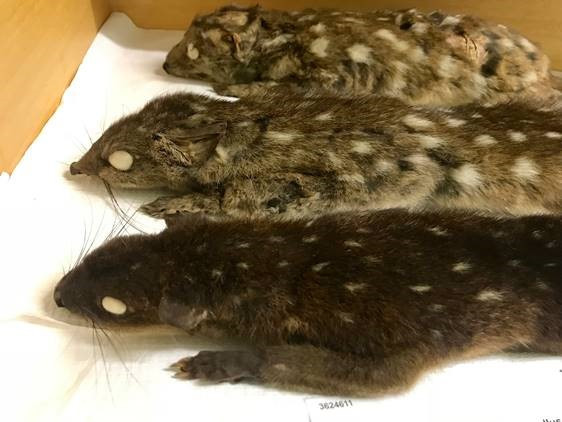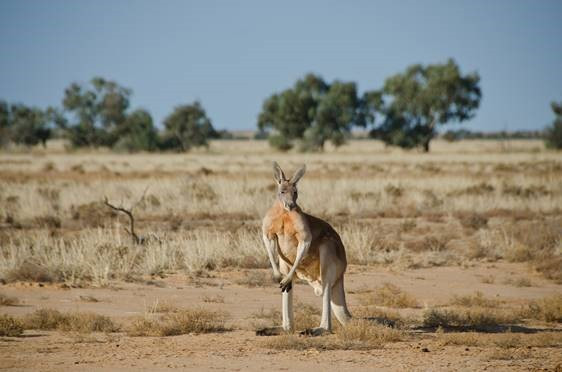NCI’s strategic collaboration between and across conservation genomics research groups has enabled improved access to supercomputing, and enhanced development efforts to improve software and data resources. As an example, the Oz Mammals Genomics (OMG) Framework Data Initiative, supported by Bioplatforms Australia, has partnered with the Australian BioCommons and NCI to make bioinformatics tools more available for the genomics research community. OMG brings together dozens of researchers from across Australia and the world with interests in conservation around threatened and extinct species of Australian mammals.
The OMG projects generate genomic data sets to help understand population lineages, evolution, dispersal patterns, and the impacts of conservation management actions. With a focus on creating complete, high-quality genomes from animals such as the Fat-Tailed Dunnart and Marsupial mole, as well as population-level data sets for threatened species, samples are obtained from living animals collected in the field, and from specimens (including from extinct species) preserved in museum collections and research laboratories. Processing and analysing genomic data from mammals requires supercomputers and specially optimised software that takes advantage of the many parallel processors available. As a partner infrastructure in the Australian BioCommons, NCI has been helping to upgrade the capabilities of some key software tools, including the Canu de novo genome assembler.
Computational resources required for conservation genomics research are dispersed around the country, and there is a need to increase the expertise available to operate these systems. The national biological research organisation Bioplatforms Australia funded the OMG initiative in 2016 as part of a range of initiatives to improve the delivery of tools and methods for life sciences research. The OMG initiative and other Bioplatforms Australia Framework Initiatives, including Genomes of Australian Plants and the Threatened Species Initiative, are all helping to build a community-wide strategic approach to conservation genomics.
Dr Anna MacDonald, the manager of the OMG consortium of over 30 museums, universities, government agencies and non-government organisations, says, “Getting the momentum of the community behind this collaborative effort is a huge improvement. In a few years we’ve gone from very little coordinated use of computational methods to a really active uptake and constant improvements.”
Some of the research outcomes include supporting the on-going assembly of a high-quality genomic sequence at NCI for the marsupial mole, a rare burrowing marsupial found in the central deserts of Australia, and using population genomic data to evaluate translocations and guide conservation management of the burrowing bettong and rufous hare-wallaby.
Promisingly, the major benefits of OMG and the associated projects are still to come, says Australian BioCommons bioinformatics engagement officer Dr Johan Gustafsson.
“I’m very excited to see what comes next from this research community. We’ve built an important foundation and brought everyone to the table. The software improvements taking advantage of the Gadi supercomputer’s many parallel nodes will make a big difference in coming years.”
The conservation of endangered animal species through the genomics research undertaken in the multi-year OMG project has been fortified by the partnership with Australian BioCommons and NCI to improve the data, skills and tools available to researchers, and leverage expertise and computational resources. NCI compute resources and code optimisation expertise are playing a key role in the development of improved tools and techniques for genomics computation.
You can find out more about the Oz Mammals Genomics initiative at their website and in this paper.

